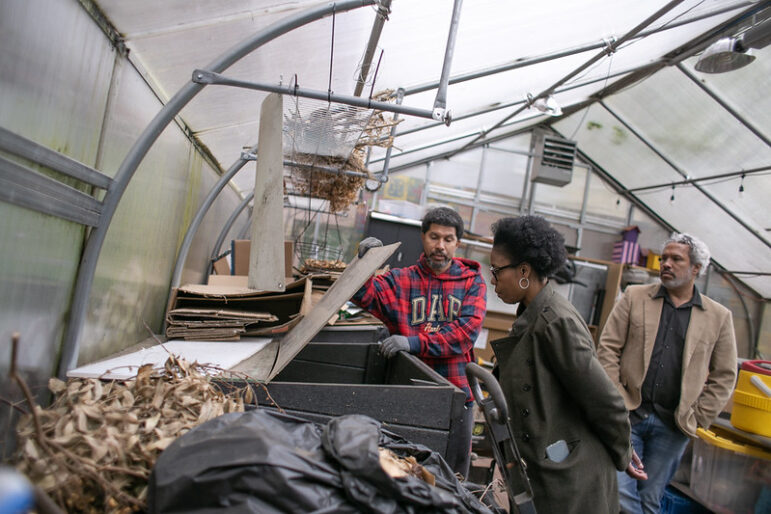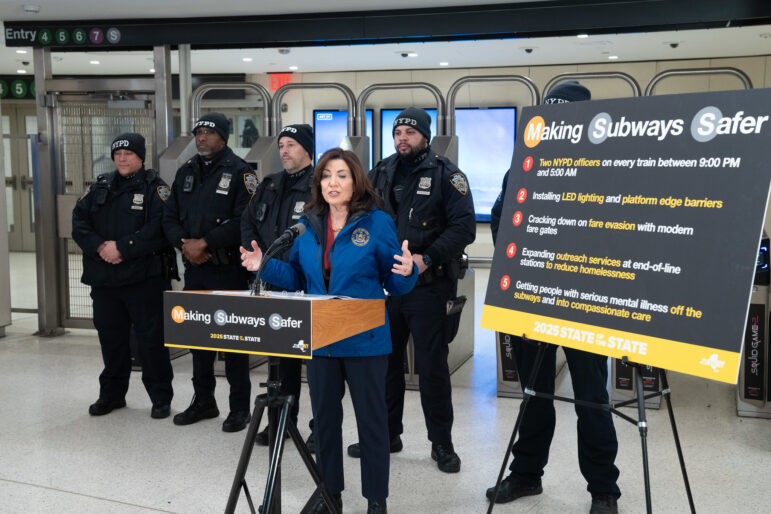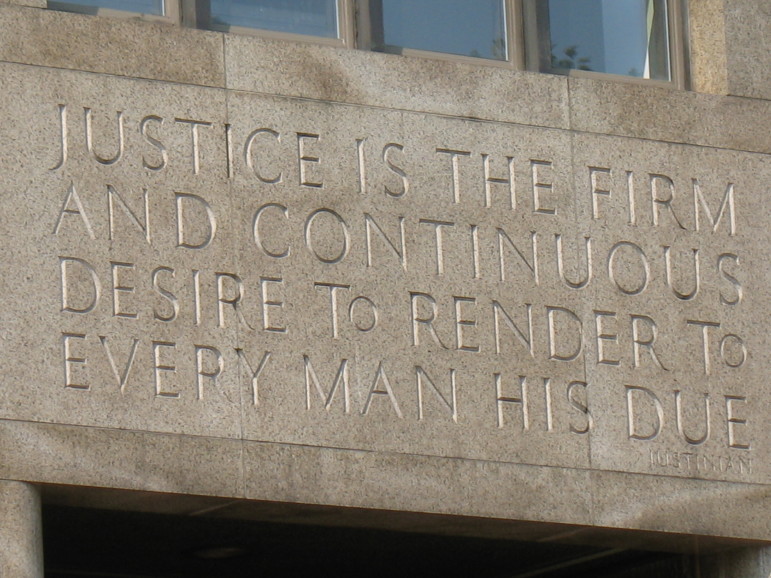About 200 people received a hot meal from the soup kitchen at the Greater Mount Zion Pentecostal Church on September 9. Rev. Henry Price and his small band of staff and volunteers stretched their donated beans and potatoes as far as they could for the homeless and low-income families that visit the small church in Bedford-Stuyvesant.
Two days later, struck by the same cruel blow that shattered the rest of New York City and the country, the number of Mount Zion’s customers jumped by almost 40 percent. “At least 25 to 30 of my parishioners lost their jobs as a result of the World Trade Center tragedy,” said Rev. Price, whose church has about 250 members, most of them living paycheck to paycheck. “They’re coming in now and saying, ‘Please help me. I have rent. I have children. I’m in desperate need of food.'”
Greater Mount Zion is certainly not alone. According to a survey of 63 soup kitchens and food pantries released last week by the New York City Coalition Against Hunger, 56 percent have seen an “immediate increase” in the demand for meals and food. City Harvest, another major food supplier, found 70 percent of programs are serving more food, and calls to their hunger hotline have nearly tripled.
For now, there is no shortage of food for the newly hungry. As a result of the outpouring of relief donations, Food for Survival, the city’s largest food bank, has 11 million pounds of food in its Hunts Point warehouse, more than twice their typical stock, and it has had to turn away tractor trailer loads of donations because its infrastructure–warehouse staff, trucks and delivery drivers–is already maxed out. “Our biggest challenge is exhaustion and burnout,” said President Lucy Cabrera.
Who will pay for all this increased work? Some new resources are available. Both Food For Survival and City Harvest are receiving emergency funding and staffing from their national partner, America’s Second Harvest. They also plan to apply for grants from the September 11th Fund, created by the New York Community Trust and the United Way of New York City to provide resources not just for the attack’s immediate victims, but also for nonprofit organizations serving affected populations. The fund had raised $120 million as of Thursday.
With a declining economy–the latest estimate places the city’s newly unemployed at 108,500–and the prospect of reduced city and state budgets, the emergency food world is expecting disruptions. The health of the restaurant, hotel and catering industries is also a serious concern. “We’re deeply concerned about the vitality of the local food community,” says Julia Erickson, executive director of City Harvest, which relies on their surplus food and financial gifts to supply 650 soup kitchens.
“Our 1,200 food providers are already working at capacity,” added Cabrera. “Where are the people who are going to need to be fed going to go?”








